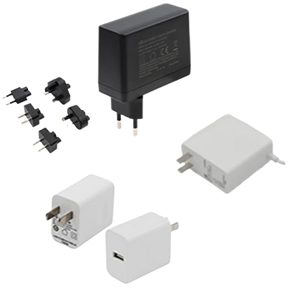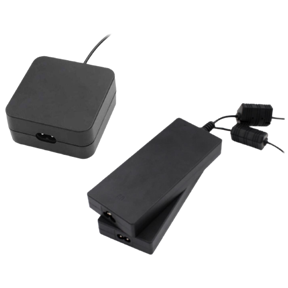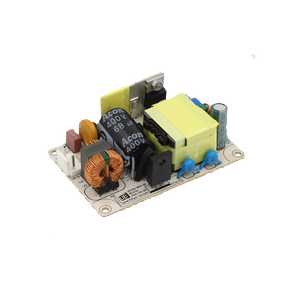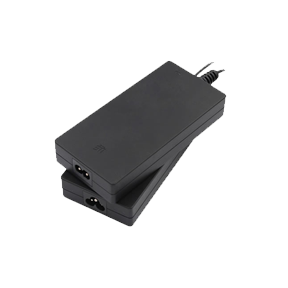Two common hot-swappable surge current control schemes
In the usual design and development work, engineers often use hot-swappable surge current control circuits for filtering and charging current limitation. In view of the design requirements, it is also very important to reasonably choose the control scheme of the hot-swappable surge circuit. In today's article, we will show two common hot-swappable surge current control solutions for new engineers who have just started to work on power supply design. Let's take a look.
Staggered pin method
The interleaved pin method is currently one of the most commonly used hot-plug surge current control techniques, and some engineers habitually call it the "precharge pin method". It can be said that this method is the most basic hot-swappable surge current control scheme. It introduces a long and a short two sets of interleaved power supply pins from the physical structure, and a precharge resistor is connected in series with the long power supply pin. This plays a controlling role. When the board is inserted into the backplane, the long power pin first contacts the power supply, and the load capacitance of the inserted board is charged through the pre-charging resistor, and the filtering and charging current limit are performed. When the board is about to be fully inserted, the short power pin is connected The power supply, thereby bypassing the precharge resistor connected to the long power supply pin, provides a low-impedance channel for the power supply of the plug-in board, and the signal pin is connected at the last moment when the board is plugged in. When the board is pulled out from the backplane, the control process is just the opposite. The long power pin is finally separated from the backplane, and the load capacitance of the board is discharged through the precharge resistor.
However, this most basic hot-plug surge current control method also has major drawbacks. In the actual application process, the interleaved pin method cannot control the charging rate of the load capacitor. In addition, the selection of the pre-charge resistor must balance the pre-charge current and the inrush current. If the resistor is unreasonably selected, it will affect the system operation. The staggered pin solution requires a special connector, which will bring certain difficulties to the selection and design.
Thermistor method
Next, I will introduce the second commonly used hot-swappable surge current control program, which is the thermistor method. As the name implies, the so-called thermistor method refers to the use of a negative temperature coefficient (NTC) thermistor with an external MOSFET. The working principle is that the NTC thermistor is placed as close as possible to the power MOSFET, and the temperature on the thermistor is It is directly proportional to the temperature of the power MOSFET case, and the switching threshold input level of the control MOSFET gate voltage controller is inversely proportional to the temperature on the thermistor. When the board is hot-swapped on the backplane, the temperature of the MOSFET rises under the action of the instantaneous surge current. As the temperature on the NTC thermistor rises, the gate voltage controller switching threshold level drops. To achieve the surge current control when the board is hot-plugged.
When using the thermistor method for hot-swappable surge current control circuit design, there is a very critical issue that needs to be paid attention to by all engineers. That is, when the board card is continuously and repeatedly plugged and unplugged, the thermistor in the circuit may be There is not enough cooling time to effectively limit the inrush current in the subsequent hot plug event. At the same time, it is necessary to consider the long-term reliability problems caused by the reaction time of the NTC thermistor, the environmental temperature of the board and the reliability design of the thermistor itself.





